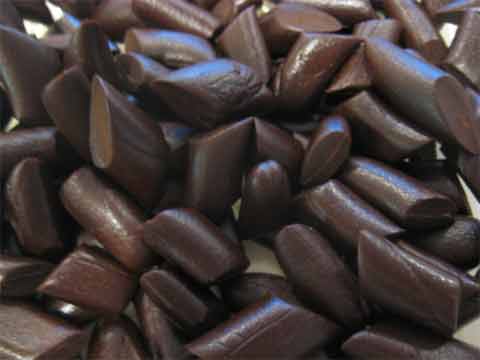
Last Wednesday, I cleaned up my overgrown herb garden. I have a whole winter’s worth of mint tea, the fresh sage went into turkey dressing that I’ll be eating in about an hour, and the fennel seeds and leaves my children convinced me would make nice licorice.
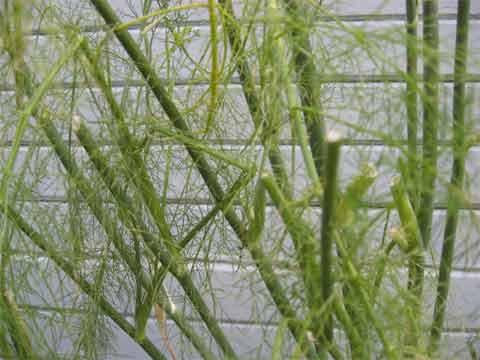
Licorice is usually made with licorice root and anise seeds. Because of the potential side effects of actual licorice root (raised blood pressure, edema, and toxicity to liver and cardiovascular system), it made sense to me to use a substitute that has common culinary uses. Fennel seed is also used medicinally to prevent gas. A licorice-like fennel candy makes a nice after dinner treat.
Fennel is much more mild than licorice, so you will need to make a very strong infusion of fennel. I used both seeds (dried for a few days then crushed to release their oils) and leaves (crushed into powder). Next time, I’ll make it stronger.
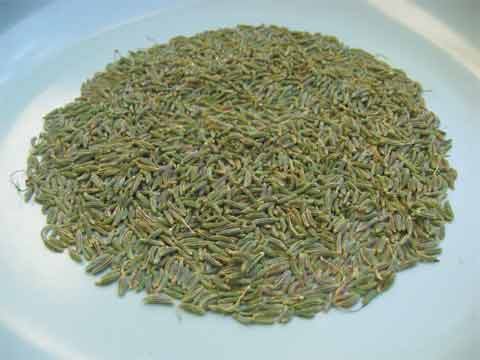
Infusion of Fennel
1/4 c. fennel seeds, crushed
2 Tbs. fennel leaves, powdered
1 c. water
Pour boiling water over the seeds and leaves as for tea. Cover immediately and leave until room temperature. Strain.
I left the infusion overnight then boiled it down a bit to try to concentrate the flavor. Because I added the liquid to a syrup, I wish I had boiled it down more. The whole process would have been faster if I had concentrated the flavor in less liquid.
Fennel Syrup
1 c. blackstrap molasses
1/4 c. oil (I used canola/rapeseed)
1 c. liquid (my fennel infusion)
3/4 c flour, sifted
Makes about 12oz of licorice.
Mix molasses and oil in a heavy saucepan. Add liquid and mix. Use a candy thermometer to bring the mixture up to soft ball stage (~230-245 degrees F).
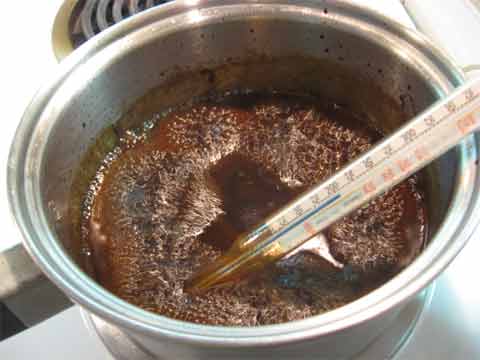
It took me about 40 minutes to bring the syrup to soft ball stage because of the amount of liquid I added. Reduce the liquid, and the process may be faster for you.
Once my slightly fennel-flavored molasses mixture held together in a ball when dropped in cold water, I removed from the heat.
Licorice Dough
Remove from heat. Add flour 1 tablespoon at a time but quickly. The longer the syrup is off the heat, the less time you will have to shape the candies.
The amount of flour you need may vary depending on humidity and temperature. When the mixture forms a thick dough that becomes difficult to stir, put a spoonful in your hand. (Be careful! It could still be quite hot.) If you can roll it in your hands without it sticking, it’s ready to roll out.
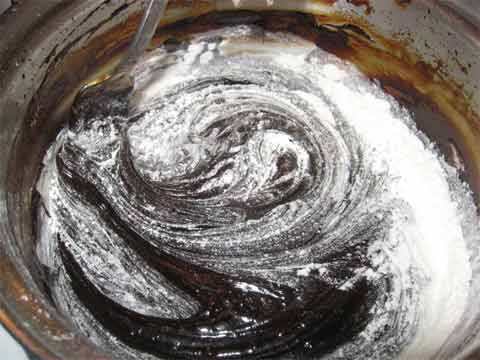
Now, move fast!
Use a heavy metal spatula to scrap all of the mixture onto your working surface before it can harden onto the pan. (I didn’t.) Break off a couple of tablespoons at a time and roll in your hands to make 1/4″-3/8″ wide ropes.
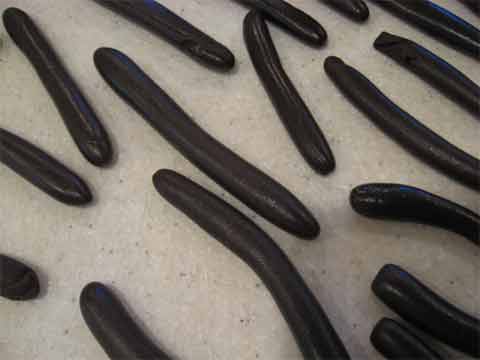
Licorice ropes about 4 to 6 inches long
I had helpers, and we still lost about 5% of our mixture on the edges of the pan due to our slowness.
We used the candy stuck on the pan to try a version of the licorice water that my children have wanted to try from the Just William stories thinking might work better than the version with modern, store-bought licorice. Around the time of rationing during World War II, licorice was one of the few sweets that children could get, and they got creative in making sweet drinks. It was horrible, according to the children. I think they just don’t have a concept of how what is sweet has changed over time.
Once you have all of the licorice in ropes, use kitchen shears to snip them into ½” pieces. These look just like the licorice I used to buy as a child.
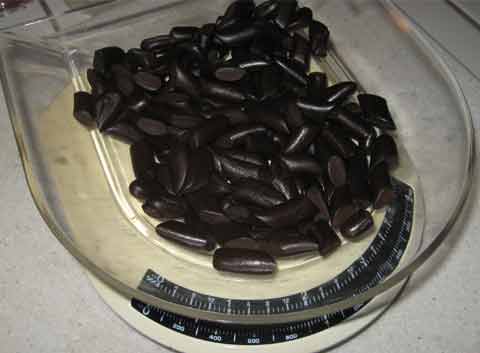
Reviews
My daughter very diplomatically asked if she could finish her fennel licorice later and said that it was probably a very adult taste. She’s probably right. The flavor is intense. This is not the hard gelatin goo that generally passes as licorice. With the only sweetener being reduced molasses, it is a bit bitter but it tastes great to me. My husband said it’s kitchen magic.
To make the flavor more palatable to a child, you may need to use sugar or some other sweetener. Many recipes recommend rolling licorice ropes in powdered sugar to keep them from sticking to one another, and that would lighten the flavor a bit.
Or, help your children develop a taste for less sweet treats. That’s my plan. One little piece of fennel licorice after dinner will seem like a treat. Both children have agreed that it would be easier to see a small piece as a flavorful treat.
As the season of horror and candy (and horrible candy) approaches, I’ll post a few ideas how to deal with the onslaught and avoid the sugar jitters.

thats so cool. looks really hard though, you obviously have Talent
A neighbor has given me two large fennel root bulbs – would that be ok to make the licorice with the recipe you have above? I figure if I slice it finely and simmer it gently in syrup the flavor would be the same.
Erica, I think using the root will give you a different flavor. Taste it and decide if you like that flavor. If you do, go for it. I used the leaves for mine, and the flavor was very mild. I love the flavor of fennel root in soups, as well.
As someone who LOVES licorice but borders on hypertension, I really can’t thank you enough. 🙂
Thank you so much for posting this! I’ve just started cooking with fennel and it was absolutely love at first whiff- the smell was so divine that I started chewing on a few seeds here and there. I finally googled ‘Making Fennel Candy’ and arrived here. Can’t wait to try this!
Julie, I’m so glad you found the recipe. I should have added one final lesson learned: don’t let the licorice sit in a jar because it will glom together and never come out. Lightly flouring before putting in a container can help prevent that.
I LOVE licorice, but being Celiac, it is a long lost love. I made this using a mix of rice flour, corn starch, and choco nib loose tea. I sat with the look of a child who had just eaten something wonderful, according to hubby. Thank you!
Thanks so much for this recipe and instructions! Being corn and wheat allergic, I didn’t think I would eat licorice again. Then I started looking up recipes to use blackstrap molasses and found this! I used Better Batter all-purpose gluten free flour and used fennel essential oil instead of an infusion (but I’m sure your infusion must have been wonderful having been made fresh from the garden!). My whole family is devouring these!
Pam, I’m so happy that this recipe helped you and that you experimented with your own recipe. I’m sure essential oil would be a better choice, but every year I end up with far too much fennel as it multiplies in my garden. It’s that season again, and my neighbors don’t need any more, so it’s back to homemade licorice.
Trying your recipe now as I got tons of fennel in my garden. I also have liquorice powder, so I will probably do a mixture and add extra sugar. I don’t really buy into the sugar fear – it is really because people overeat it these days through fizzy drinks and processed foods etc. Small amounts of quality sweets does no harm.
Thanks for that recipe. I love liquorice and am keen to try making this myself. Just a note on the sugar thing – the natural sweetener in liquorice is way sweeter than sugar (but hits you differently) so that’s why the fennel one might not be as attractive to the kids
I’m putting some fennel seeds in the seed starter this week so it will be a long while before I try your recipe, but as I read it, I wonder if a dash of salt wouldn’t bring out the flavor a bit. I have tried some very salty licorice that coworkers have brought back from Europe and Australia – I didn’t like it so I wouldn’t use TOO much salt, but just a hint like a salted caramel sounds like it might work.
Good addition, Cathy. I’m sure you are right that a dash of salt would bring out the flavor.
I wonder if it would work to infuse the flavor into oil rather than water. What I’m thinking is kind of like the Indian cooking technique of “blooming” spices in oil before adding other ingredients. Basically, what you get is spice flavored oil spread throughout the dish. Since you already use oil in the syrup, it wouldn’t really change the recipe to infuse the oil, and that way you could add water as needed.
Good idea. I’ll try that next time. I have an overwhelming crop of fennel again this year, so I’ll have a chance at the end of the season.
I’ve seen other recipes use wheat flour, but it looks like you chose white? Isn’t wheat better? How much should I use? Thank you
It’s actually whole wheat flour. I think the high-contrast photos just make the flour look lighter. Use what you have. Try both. See what you like best. I used 3/4 cup.
Lovely molasses candy. Not even a hint of licorice flavor. Still tasty and cleaned up easier than I feared.
Thank you God bless!